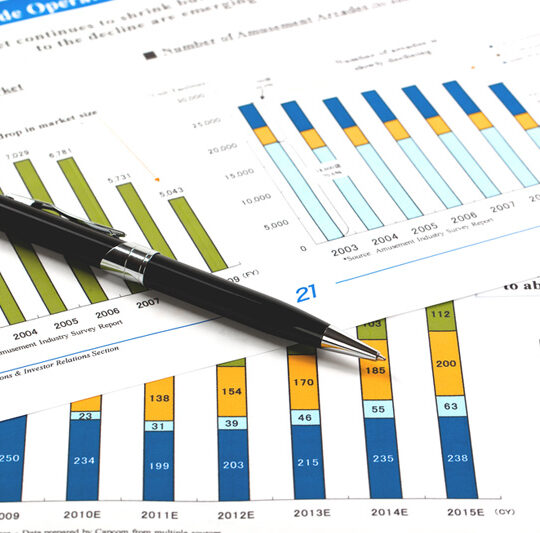WASHINGTON—The Federal Reserve raised its key short-term interest rate by a quarter percentage point Wednesday, pushing ahead with its aggressive campaign to tame inflation despite financial turmoil following Silicon Valley Bank’s collapse.
But acknowledging the crisis will constrain bank lending and weaken the economy and inflation, Fed officials are now forecasting just one more rate hike this year and even that move is uncertain,
The Fed is anticipating another quarter-point increase to a peak range of 5% to 5.25%, in line with its December estimate and lower than the level markets expected before SVB’s meltdown, according to the officials’ median estimate.
“You can think of (the crisis) as being the equivalent of a rate hike and perhaps more than that,” Fed Chair Jerome Powell said at a news conference.













